To better manage your Electricity costs, learn how to read and check electricity bill online by breaking down important terms and charges.
But once you learn how to break it down it won’t take much longer! Once you do you will gain insight into where all that money is going and potentially helping you save some money along the way! Let’s dive right in!
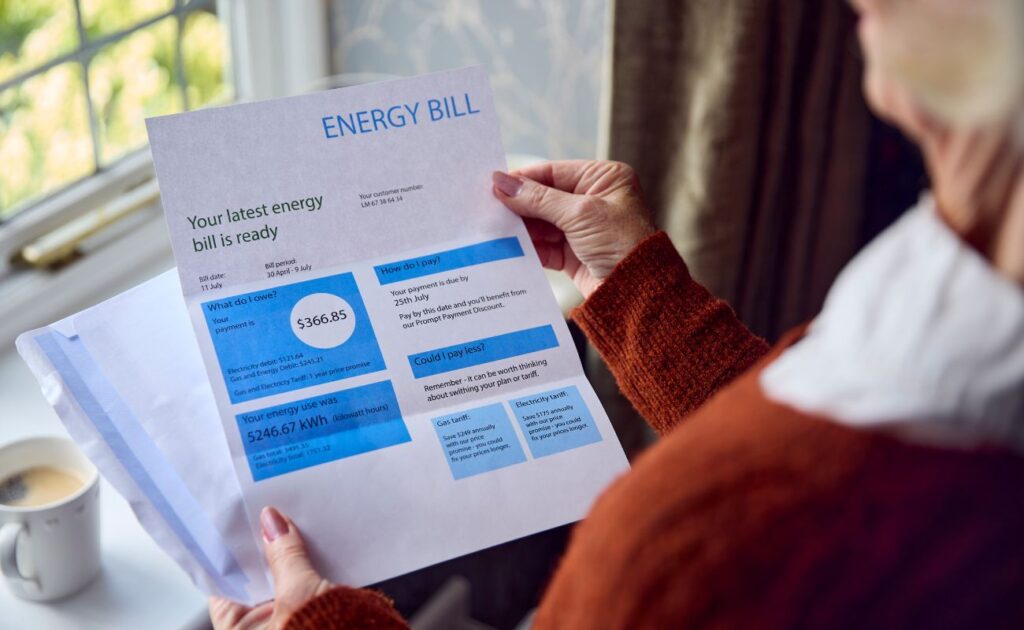
Common Electricity Bill Terms
Have you been puzzled by your electricity bill’s unfamiliar language? Don’t feel lost; here are some commonly encountered terms to help:
- Kilowatt-Hour (kWh):
This is the grand summum. A kWh measures the energy you’re using by leaving one 100-watt lightbulb on for 10 hours will use 1 kWh and imagine what that adds up to when multiple devices are running continuously! - Service Charge/Fixed Charge:
This charge covers just being connected to the electricity grid (even if you use zero energy) it covers maintaining wires, poles and all that other stuff in place. - Energy Charge:
for those of us unfamiliar, your energy charge is the total cost of all the electricity you used during a given month. Simply multiply how many kWh were consumed with what your provider charges per kWh rate to get your total. That is your energy charge! - Demand Charge:
When multiple appliances are running simultaneously, peak demand increases quickly. This charge acts as an alert from your utility that you’re using too much power at once and ensures everyone’s needs are met during busy times. - Delivery Charges:
Even though you purchase electricity, getting it to your house can be another story! Delivery charges cover the costs associated with sending that electricity through a network of power lines and poles to reach its final destination – sort of like paying shipping costs on electricity!
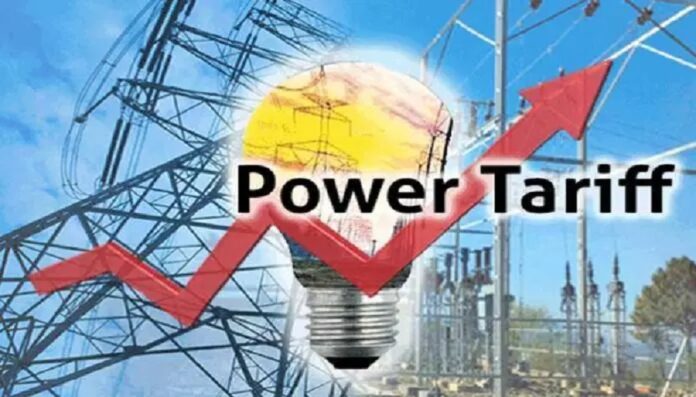
Charges on Your Bill
What Are They? Let’s break things down further. Now that we understand what each charge entails for your wallet.
- Basic Energy Charge:
This charge represents what you owe for the electricity that has been consumed during a billing cycle, so if 500kWh were used over 30 days with $0.12 being the per kWh rate charged by your provider – your bill would equal $60 (500×0.12 = 60). Hopefully the math was easy enough! - Supply Charges:
In certain areas, utilities don’t actually make their electricity and they buy it from someone else instead. A supply charge covers this expense. In deregulated markets, you may even be able to shop around for better rates which makes life even easier! - Transmission and Distribution Charge
This charge represents the costs associated with transporting electricity from its source to your home, including maintaining poles, transformers, substations and submeters along the transmission network. Unlike supply charges which are determined by local regulations. - Taxes and Regulatory Fees:
It goes without saying that taxes exist on every level (local, state and federal. Regulatory fees also take their cut from time to time) be it environmental regulations or franchise fees. Even seemingly small bills add up quickly over time.
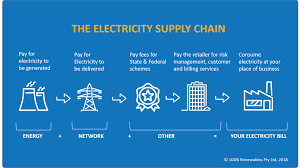
How to Save on Your Bill
Now that you understand what your payments include, here are a few strategies for cutting costs:
- Invest in Energy-Efficient Appliances:
Though they might cost more initially, energy efficient appliances will pay for themselves over time in savings. LED bulbs, energy-efficient fridges and even high-tech washers and dryers consume significantly less electricity compared to their counterparts. - Practicing Smart Energy Habits
Install a programmable thermostat or smart plugs. Even small changes like turning down the temperature by one degree in winter, or setting it so it automatically adjusts when you aren’t home can have an impactful impact. - Monitor Peak Hours
Utility companies often charge more during peak times (late afternoon to early evening). To save energy costs and extra charges, try running energy-hungry appliances during off-peak hours instead. - Unplug Devices Not in Use:
Phantom loads are real; electronics that remain plugged in but unused still consume energy, even when not needed. Unplug any unneeded devices using a power strip if possible for easier management of power usage.
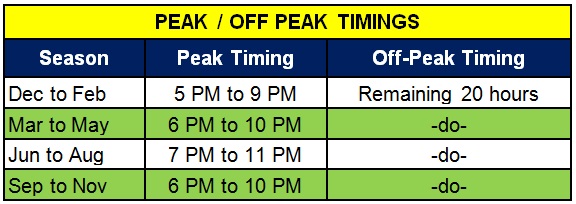
Time-Of-Use (TOU) Billing
Some utilities employ time-of-use billing, which charges different rates based on when energy was consumed. Understanding Your Electricity Bill an effective strategy to meet peak demands more evenly while saving energy at peak times.
- Off-Peak Rates:
Off-peak rates can help lower your bill. Electricity prices tend to be cheaper late at night or early in the morning, making running large appliances then more cost effective and potentially helping to bring down costs overall. - Peak Rates:
Late afternoon and early evening are often more costly, so shifting some of your usage away from these times could save money!
Are Electricity Rates Rising? Have you noticed how your bill keeps increasing even though you use roughly the same amount of energy? Here is why:
- Fuel Costs: As fuel costs increase, so too does the cost of producing electricity – and who pays? Certainly you do!
- Grid Upgrades:
Maintaining and upgrading an electricity grid can be costly; utilities pass these costs onto you in the form of higher rates. - Environmental Regulations:
Transitioning to cleaner, renewable energy sources often incurs costs for infrastructure changes that must be made – something great for the planet but which may increase your rates temporarily.
Conclusion
No need to panic – now that you understand the basics, you’ve nailed your electricity bill! Understanding it allows you to keep an eye on your energy usage and potentially cut costs by staying smart with your usage – that way, next month there might just be extra dollars left over in your wallet!
FAQs
Why am I paying more without increasing my usage?
Rates increase due to factors like fuel costs, grid maintenance costs and/or peak-hour pricing changes.
What Are Delivery Charges?
These cover the costs associated with transporting electricity from its source to your house.
How can I reduce my bill?
Utilize energy-efficient appliances, track peak usage levels, and unplug devices when not in use.
Time-of-Use Billing (TOU) charges various rates depending on when and how you use electricity; off-peak hours have lower costs while peak periods cost more.
Why Do Rates Vary
Fuel costs, grid maintenance costs, and environmental regulations all play a part in how much you owe each month.

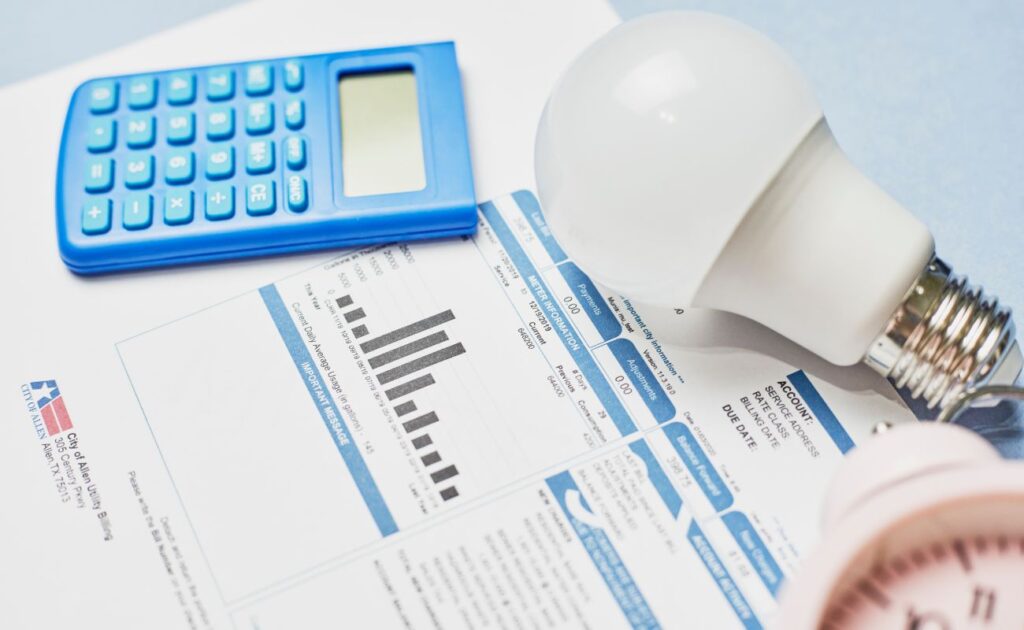
Finally, I understand my electricity bill! 😅 The breakdown of terms like kWh, demand charges, and delivery charges really cleared things up for me. I had no idea I was paying extra just to keep things plugged in! 🔌💡 I’m definitely going to be more mindful of using appliances during off-peak hours and unplugging things when not in use. It’s amazing how much you can save with just a few changes! 💰
Thanks for comment.